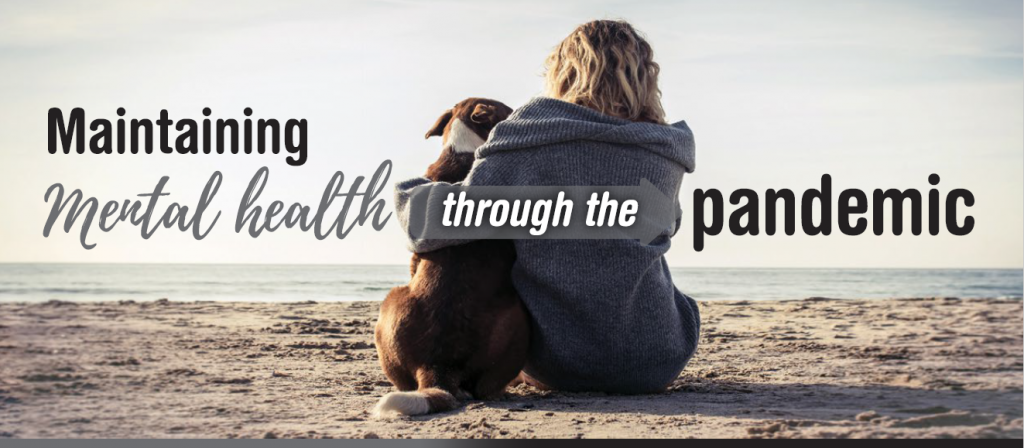
The COVID-19 pandemic has shifted our day-to-day lives in a dramatic way. One of the biggest changes to come from this period, was a transition to working from home for many people.
On top of this adjustment, parents had the additional challenge of monitoring remote schooling for their children. Social interactions were severely reduced and many of the activities that allow us to unwind, such as going to the gym, a cinema or a concert, were no longer possible.
While this return to more of a home based life has had its benefits, it has also meant a blurring of the lines between work and rest. Coupled with isolation, heightened stress and anxiety which has built up over the days, weeks and now months may become something quite serious, such as burnout.
What is burnout?
Burnout is a form of emotional, mental and physical exhaustion caused by prolonged or extreme stress. (1) You may feel as if you’ve got nothing left in the tank and you struggle to concentrate and stay motivated. As a result you can start to dislike your job or doubt your ability to effectively do your work.
Burnout can creep up on you as stress accumulates. You may find yourself feeling depressed and anxious, dealing with physical symptoms such as headaches, sore muscles and stomach aches, are no longer able to think creatively or on the spot, and feel tired and drained.
Why burnout is on the increase
According to Safe Work Australia data collected between 2012 – 2013 and 2016 – 2017, 92% of serious work-related mental health conditions were attributed to mental stress. The 2016 Snapshot of the Australian Workplace found that 29% of workers always or often felt a high amount of stress in relation to their job. (2)
The COVID-19 situation has brought with it significant mental health challenges, as made evident by the increase in calls to mental health support services.
You may be feeling an increased pressure to keep many balls up in the air and placing expectations on yourself (or having them placed on you) to be as productive and efficient as you’d ordinarily be. Not only can working from home make it harder to switch off at the end of the day and compartmentalise your home and work life, it also reduces your social contact which can lead to isolation.
Looking after your mental health
It’s important to acknowledge we’re undergoing a pretty unique period of time. Society has had to adjust and many people are experiencing a collective uncertainty. Rather than push through with a ‘business as usual’ mentality, give yourself the space to recognise that you’re in a challenging situation.
If you’re working from home, you may have greater flexibility, plus no more dreaded morning commutes, but try to keep to a regular schedule as much as possible. Be realistic about how much work you can get through a day while still making time to have your three main meals away from the computer screen and powering off before bedtime.
Limit your exposure to the news, be aware of what you are viewing and reading, and take note of the impact it may be having on your mental health, whether it be depressing news stories or those happy social media posts.
While social distancing and restrictions may inhibit you from what you’d ideally like to be doing, think outside the square for now. Healthy relationships support good mental health. Ask a friend to grab a takeaway coffee with you and have a walk and a chat. Make a regular appointment to call or visit a family member or friend to check in with each other. Get out of the house for a bike ride or sign up to that outdoor bootcamp to get your blood pumping.
Resources to access
There’s no shame in reaching out for help, as we all need support during times of hardship and when we are feeling overwhelmed.
Beyond Blue is an excellent resource with helpful information, active forums and a 24-hour confidential support hotline (1300 224 636).
You can also chat with your GP who can help you form a mental health care plan which provides access to a certain amount of subsidised sessions with a psychologist.
- https://www.safeworkaustralia.gov.au/doc/infographic- workplace-mental-health
- https://www.convergeinternational.com.au/docs/ default-source/research/a-future-that-works-2016- snapshot-of-the-australian-workplace
